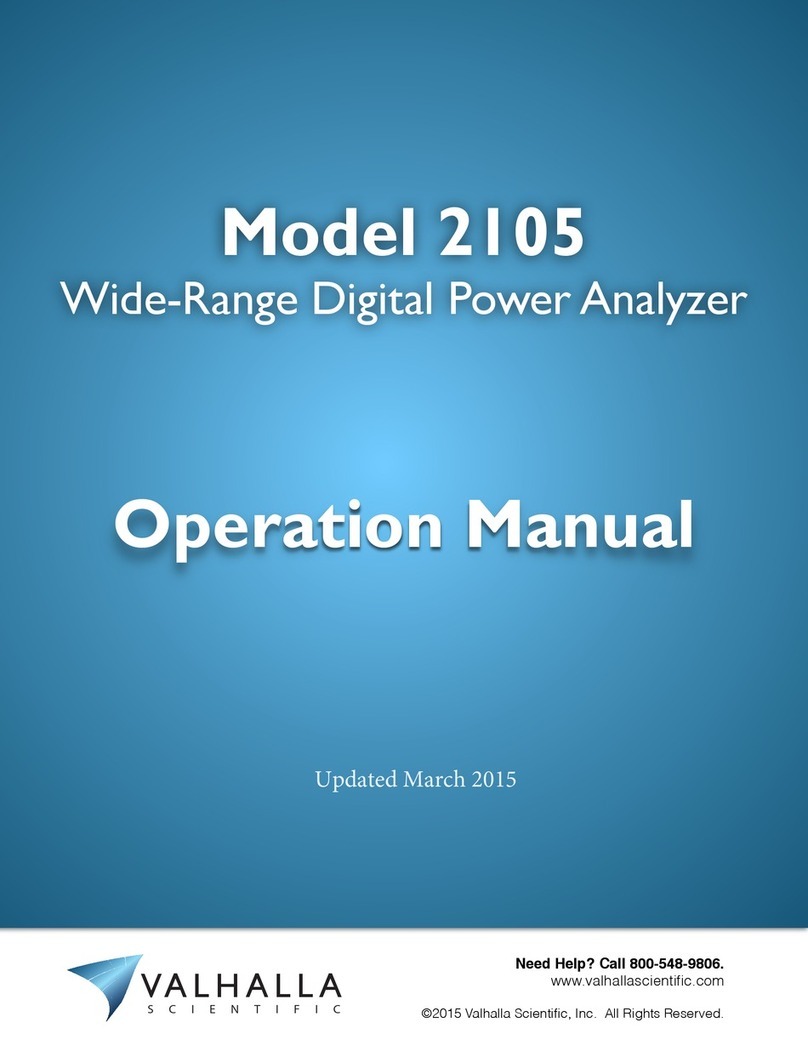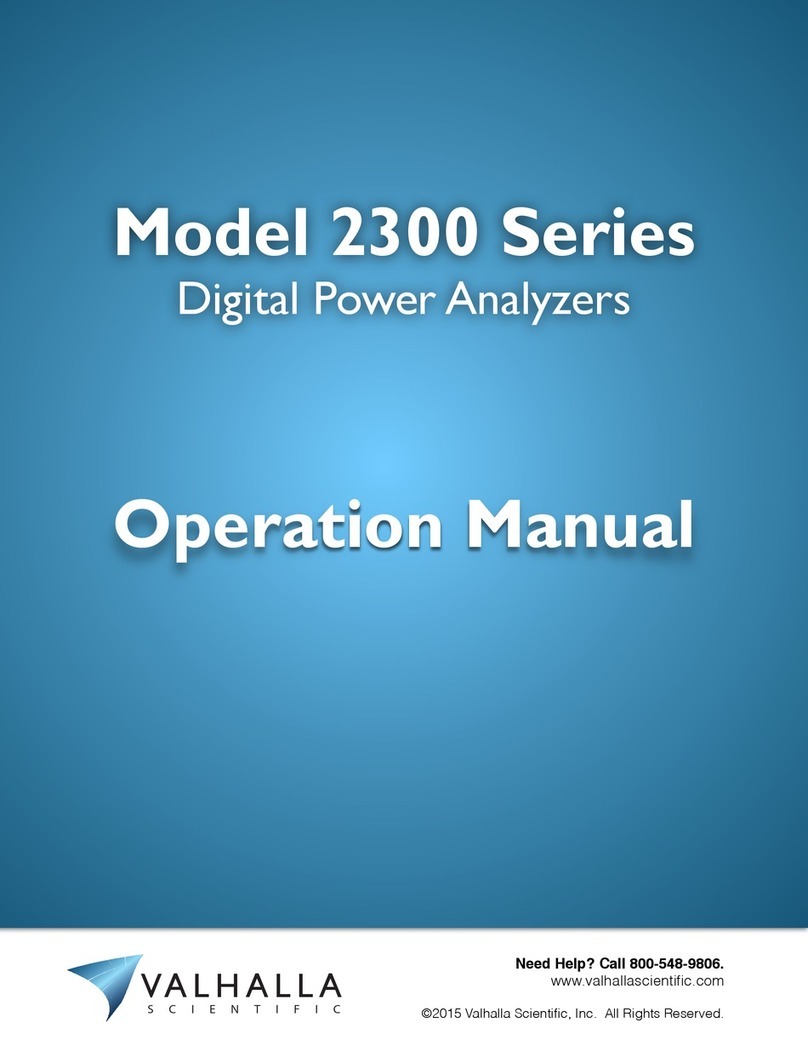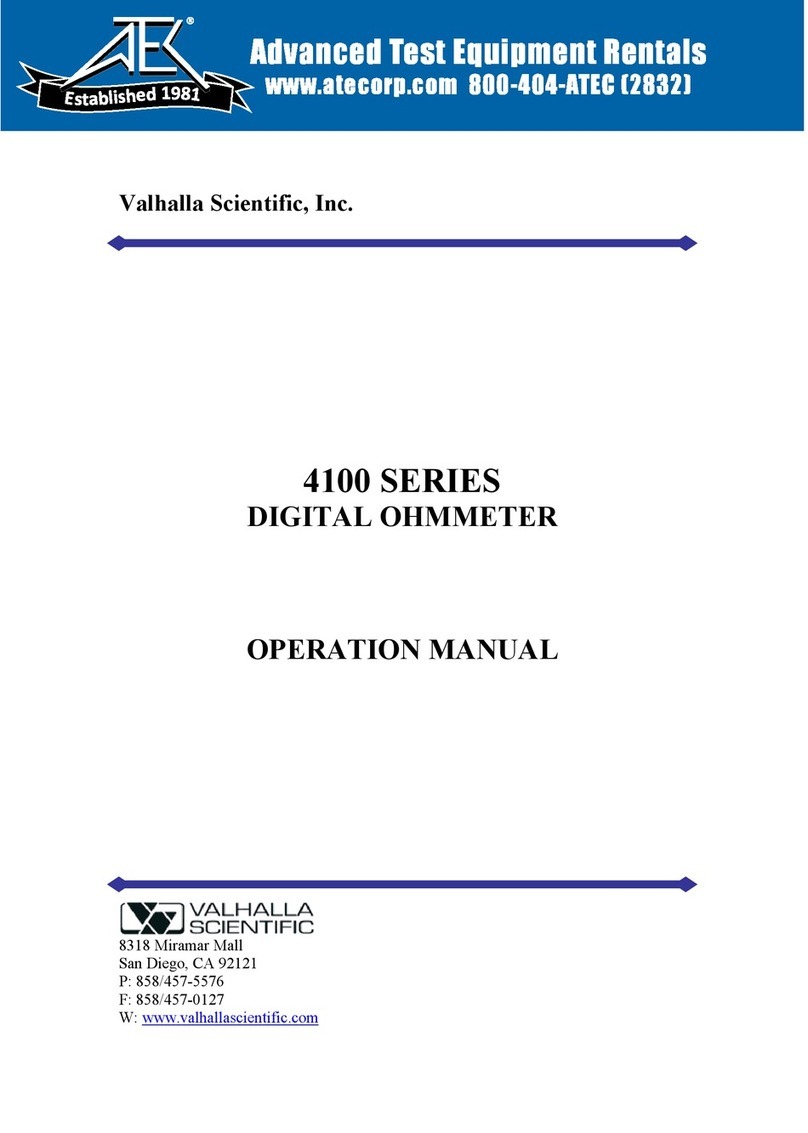
2
4.4.1
Setting the Display Update Rate and Intensity ..................................................................... 31
4.5
R
UN
/H
OLD
F
UNCTION
................................................................................................................ 32
4.5.1
Configuring the Run/Hold Function..................................................................................... 33
4.6
P
RINT
/L
OG
F
UNCTION
................................................................................................................ 34
4.6.1
Configuring the Print/Log Function..................................................................................... 35
4.7
V
IEW
F
UNCTION
......................................................................................................................... 36
4.7.1
Using the View function........................................................................................................ 36
CHAPTER 5
OPTIONAL FEATURES AND ACCESSORIES ....................................................... 39
5.1
O
PTIONS
..................................................................................................................................... 39
5.1.1
BCD: Data Output................................................................................................................ 39
5.1.2
GPIB..................................................................................................................................... 39
5.1.3
USB....................................................................................................................................... 39
5.2
A
CCESSORIES
............................................................................................................................. 40
5.2.1
Omni Compensator............................................................................................................... 40
5.2.2
Option R: Rack Mount Adapter ........................................................................................... 40
5.3
T
EST
L
EADS
............................................................................................................................... 41
5.3.1
Alligator Clip Type Leads..................................................................................................... 41
5.3.2
Needle Type Probes.............................................................................................................. 42
5.3.3
Surface Probes...................................................................................................................... 43
5.3.4
Other Lead Sets .................................................................................................................... 44
CHAPTER 6
REMOTE INTERFACE ............................................................................................... 45
6.1
INTRODUCTION..................................................................................................................... 45
6.2
CONNECTING
THE
4176
VIA
GPIB
INTERFACE ............................................................... 45
6.2.1
The GPIB interface capabilities:.......................................................................................... 45
6.2.2
Notes for GPIB installation .................................................................................................. 46
6.2.3
Computer’s Connection........................................................................................................ 46
6.2.4
The GPIB connection testing................................................................................................ 46
6.3
CONNECTING
THE
4176
VIA
RS232
INTERFACE.............................................................. 47
6.3.1
The RS232 interface capabilities:......................................................................................... 47
6.3.2
Notes for RS232 installation................................................................................................. 47
6.3.3
Connecting to a Computer.................................................................................................... 49
6.3.4
Checking Connections .......................................................................................................... 49
6.4
INPUT
AND
OUTPUT
QUEUE............................................................................................... 50
6.5
COMMANDS
AND
SYNTAX ................................................................................................. 50
6.5.1
RS232 message terminators.................................................................................................. 50
6.5.2
Entering Commands ............................................................................................................. 50
6.5.3
Command Characters........................................................................................................... 50
6.5.4
Combining Commands ......................................................................................................... 50
6.5.5
Synopsis of Commands ......................................................................................................... 51
6.6
DETAILS
OF
COMMAND
REFERENCE............................................................................... 51
6.6.1
Command Index.................................................................................................................... 51
CHAPTER 7
BCD INTERFACE ........................................................................................................ 66
7.1
G
ENERAL
................................................................................................................................... 66
7.2
BCD
P
IN
A
SSIGNMENTS
............................................................................................................. 66
CHAPTER 8
ROUTINE MAINTENANCE ....................................................................................... 69
8.1
G
ENERAL
................................................................................................................................... 69
8.2
R
EQUIRED
T
EST
E
QUIPMENT
...................................................................................................... 69
8.3
P
RE
-C
ALIBRATION
P
ROCEDURE
................................................................................................. 69
8.4
4176
C
ALIBRATION
P
ROCEDURE
................................................................................................ 70
8.4.1
Standard Calibration............................................................................................................ 70
8.4.2
Periodic Maintenance........................................................................................................... 75






























